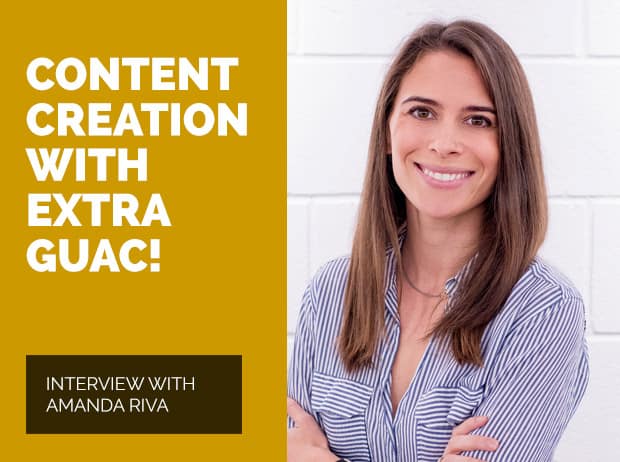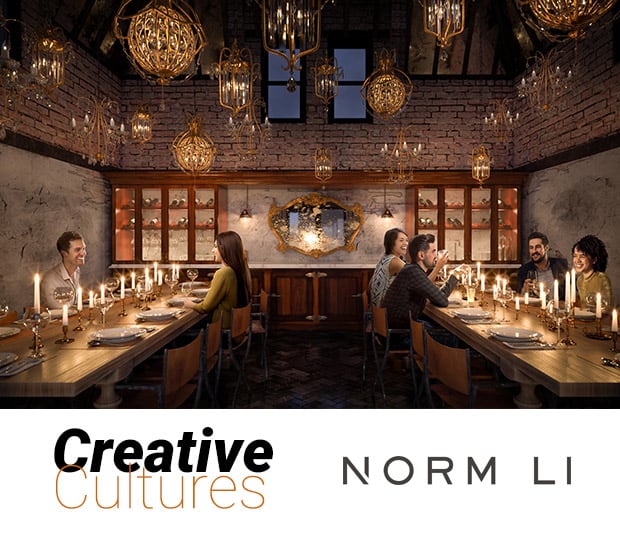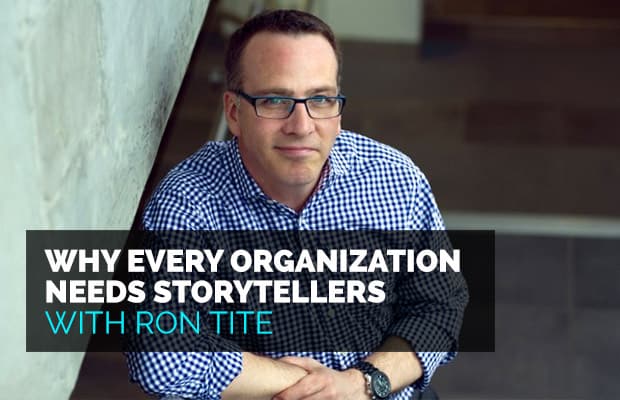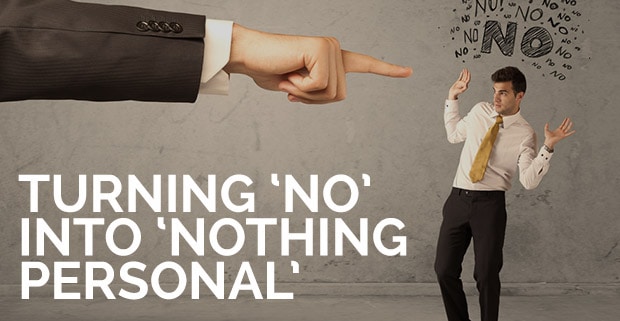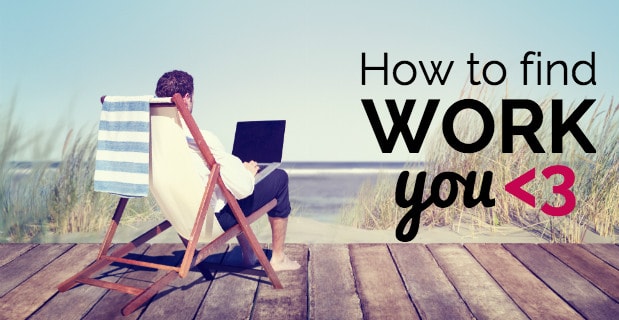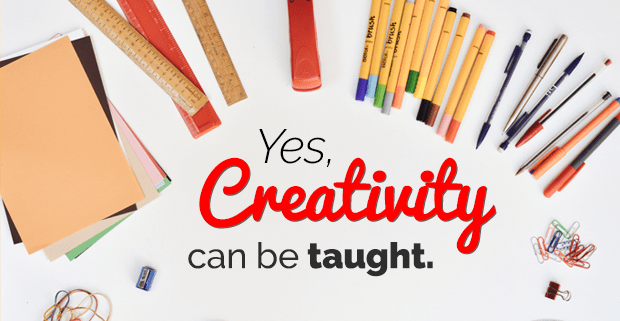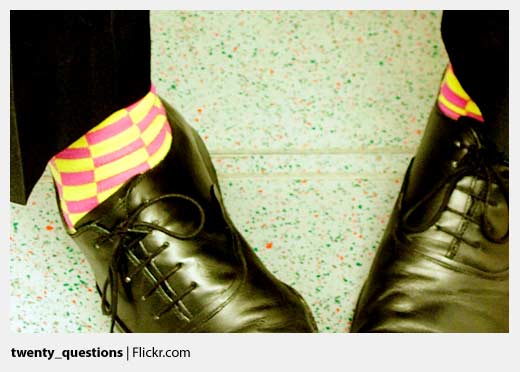Don’t wait for inspiration to strike; steal these secrets to build a productive life where creativity flows naturally.
Does creativity depend on productivity?
Or does productivity require a bit of creativity?
The truth is, you often can’t be successful at one without the other. Creativity gives you the idea, but it’s productivity that determines what you’ll do with it.
So can you increase creativity by simply being more productive?
Creativity and Productivity are Intertwined
People may be born with different degrees of creativity, but everyone has the power to be more creative.

You may not be painting landscapes like Bob Ross, but you still need creativity to:
- Create content
- Write persuasive sales copy and calls to action
- Brainstorm new marketing campaigns
- Reach out to customers on social media
- Develop a portfolio to outshine your competition
Since jobs in design, social media, marketing, and more all require an endless stream of creativity, you can’t wait around for inspiration to strike.
The only problem is creativity tends to disappear when people aren’t productive.
Without productivity, or the physical act of producing something, all your ideas and everything inspiring you to connect with others, will simply stay in your head.
And if your brain’s not rewarded for coming up with interesting ideas, you’ll stop having them.
That’s why you must not only find a way to boost your creativity, you also need to create a follow-up plan to transform it into a tangible product.
The good news is besides sharing your idea, content, or masterpiece with people who need it, an Adobe study says creators earn 13% more than non-creators[*].
And you know what’s even better?
You can boost creativity and productivity at the same time.
Secrets to Greater Creativity and Productivity
You don’t need separate to-do lists to spur your creativity or kick your butt into being more productive.

These tips will allow for greater productivity and higher creative thinking to enter your life simultaneously:
Carve Out an Uncluttered Space to Thrive
An artist doesn’t begin painting with bills, to-do lists, and cat toys hanging on their easel. So you shouldn’t let your workspace become a giant mound of mess either.
Clutter is the enemy of creativity and productivity and[*]:
- Bombards your brain with excessive stimuli
- Drains your attention
- Makes it impossible to relax physically or mentally
- Causes anxiety and creates guilty feelings
- Tells your brain your work is out of control/never done
That’s why you need a clean, open space to brainstorm your ideas and solve problems.
It should be free of distractions, filled with inspiration (like motivating quotes, happy pictures, or a window to look out of), and closed off from loud, busy areas.
Free up this space and you’ll also free up space in your brain for creative ideas and questions.
Ask More Questions
Creative people are inherently curious. They’re interested in everything — and find everything interesting.

Science says creative people use both sides of their brain when analyzing the new experiences they have, a skill most people don’t practice often enough[*].
To cultivate this ability, expose yourself to new places, people, and things, and ask lots of questions about them — as often as you can.
Simply thinking more about what or who you encounter will feed your brain and spark inspiration, which can then fuel your creative train of ideas.
So when you’re stuck on a project, ask yourself a series of questions to let creativity unblock you, such as:
- What’s the ultimate goal?
- What’s the first step I need to take? And the second? And so forth.
- What makes this unique or interesting?
- Why is this important?
With these answers in tow, you’re sure to find greater clarity and inspiration to get your work accomplished. It also creates a mini checklist of steps you need to get done to further increase your productivity.
If you’re stuck here, your way of thinking may need an adjustment.
Practice Lateral Thinking
Lateral thinking, a term coined by Edward de Bono in 1967, is the practice of “moving sideways” to solve a problem rather than tackling it head-on[*].
In De Bono’s system of Six Thinking Hats, he encourages people to use different ways of thinking as a checklist for solving a problem[*]:
- Blue for managing and identifying what you have
- White for using facts and information
- Red for using emotions, intuition, and gut reactions
- Black for the downsides associated with the idea
- Yellow for the positives associated with the idea
- Green for out-of-the-box alternatives
While you may think this approach seems counterintuitive to productivity, it actually stimulates your creative thinking and forces you to see situations from multiple angles.

Put on each hat and think about the idea you have. Seeing an issue from all sides will inspire creative solutions. And it keeps your productivity rolling when you get stuck.
This unique approach can help you with everything from upgrading your design skills to helping you stand out from your peers in a crowded market.
Set deadlines for uncovering these answers and you’ll be even further ahead of the game.
Follow a Schedule and Set Deadlines
A schedule can be one of the greatest productivity hacks people forget about.

When you follow the same routine, your brain doesn’t have to worry about when lunch is or what you’re going to be up to after your workout. It gets in the habit of being creative and productive at specific times during the day.
While many think creativity can’t be planned or doesn’t do well under pressure, creativity is greatest when constrained[*]. Setting a deadline will force your brain to make those connections sooner by concentrating all your attention on one task.
Sticking to self-imposed deadlines is also amazing for your productivity. Not only does it improve your time-management skills, it helps you prioritize and accomplish more.
Are You Using Your Creativity Productively?
The opposite of being productive is procrastination, or putting off a task you need to do.
Most procrastination stems from feelings of inadequacy or anxiety, which may make you too scared to tap into your creativity or start a big project for fear of failing.
If you’re not in a role where your creativity is being supported, your mountain will be much harder to climb. So it might be time to find a job where your creativity is valued, appreciated, and celebrated everyday.
Check Fresh Gigs for the best marketing, design, and tech jobs in Canada and connect with people who will pay for all your brilliant mind has to offer.
Follow these tips and your creativity and productivity will be unstoppable.
